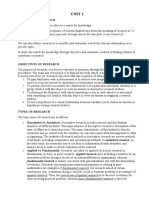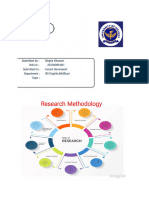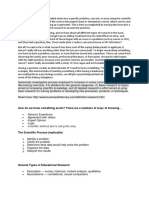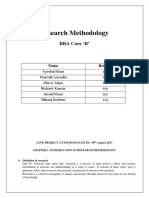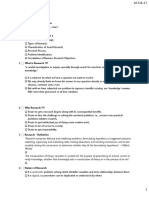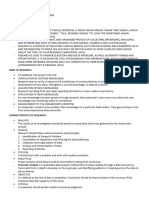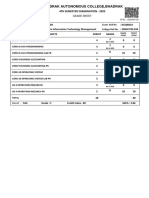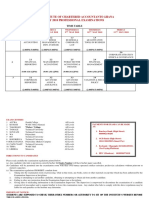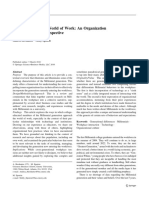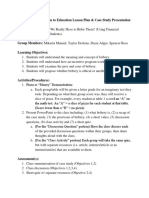0% found this document useful (0 votes)
7 views8 pagesBasic Types of Research
The document outlines various types of research, including descriptive, analytical, applied, fundamental, quantitative, qualitative, conceptual, and empirical research, each with distinct purposes and methodologies. It emphasizes the importance of research design, problem identification, and ethical considerations in conducting research. Ethical guidelines ensure the protection of participants' rights and confidentiality throughout the research process.
Uploaded by
mbilalkhan7567Copyright
© © All Rights Reserved
We take content rights seriously. If you suspect this is your content, claim it here.
Available Formats
Download as DOCX, PDF, TXT or read online on Scribd
0% found this document useful (0 votes)
7 views8 pagesBasic Types of Research
The document outlines various types of research, including descriptive, analytical, applied, fundamental, quantitative, qualitative, conceptual, and empirical research, each with distinct purposes and methodologies. It emphasizes the importance of research design, problem identification, and ethical considerations in conducting research. Ethical guidelines ensure the protection of participants' rights and confidentiality throughout the research process.
Uploaded by
mbilalkhan7567Copyright
© © All Rights Reserved
We take content rights seriously. If you suspect this is your content, claim it here.
Available Formats
Download as DOCX, PDF, TXT or read online on Scribd
/ 8






